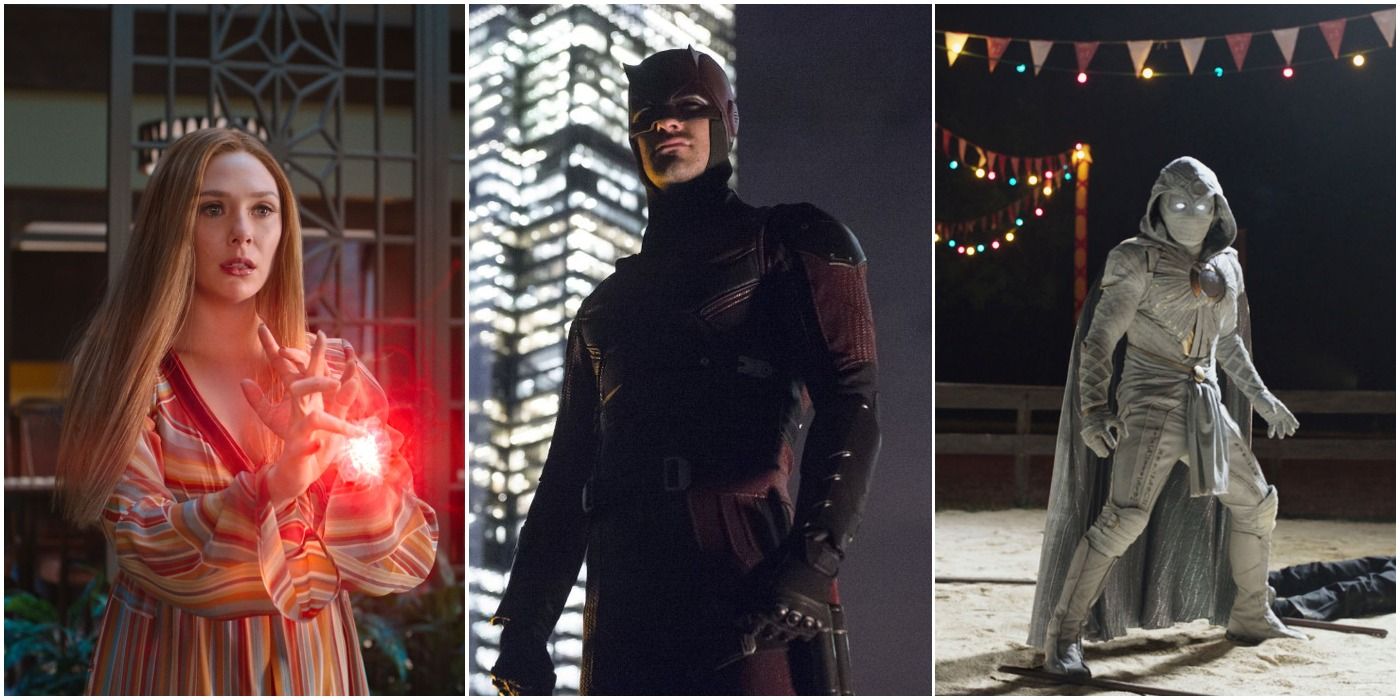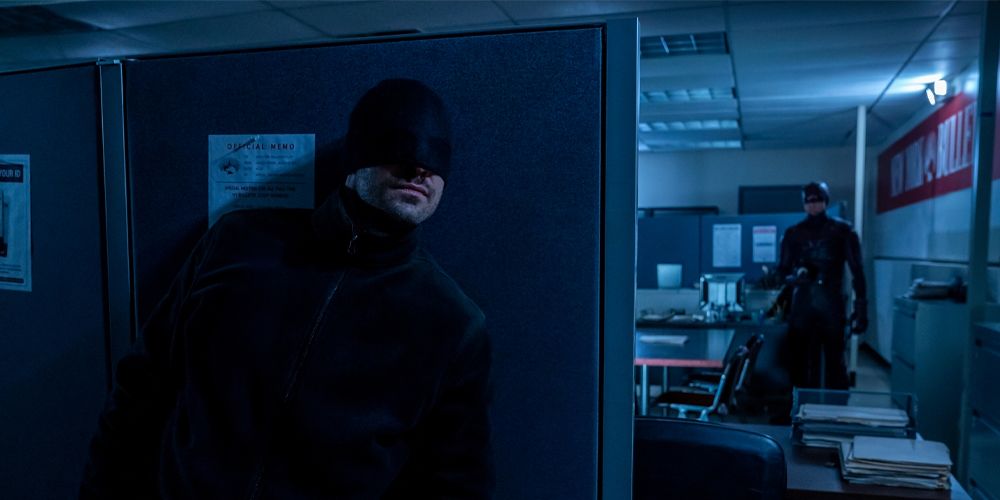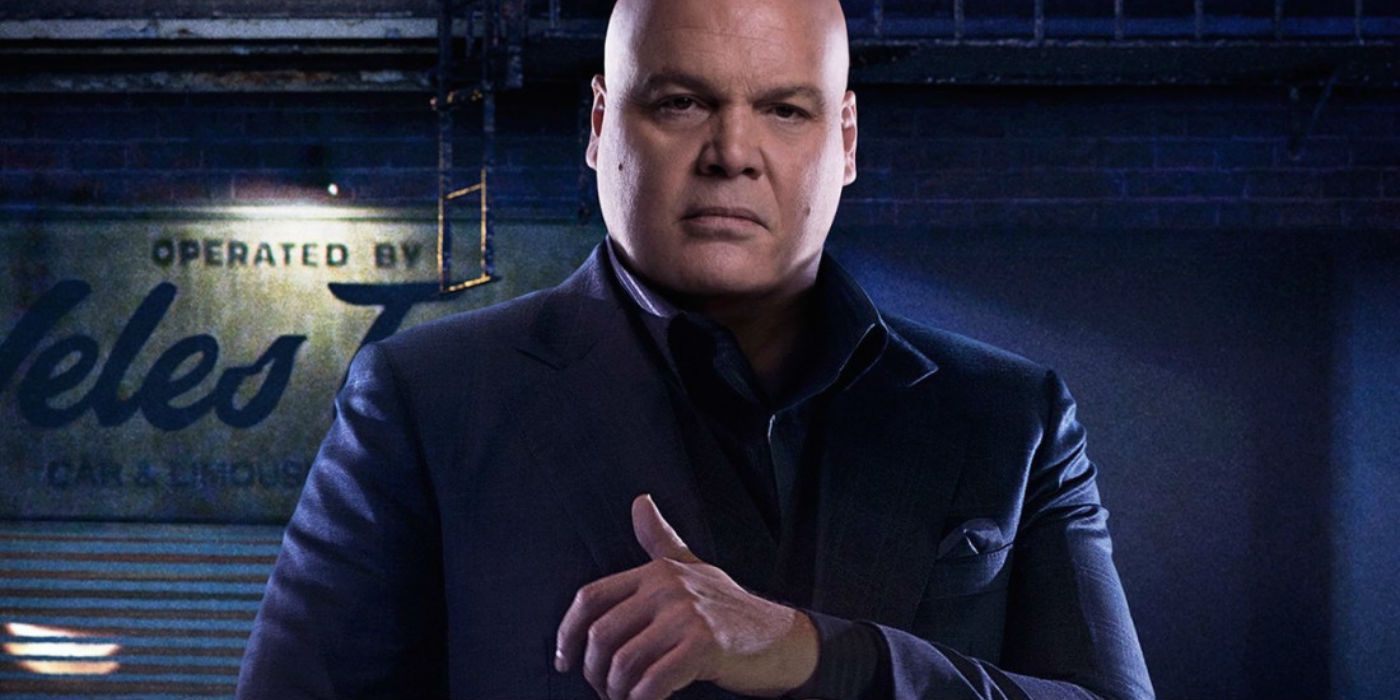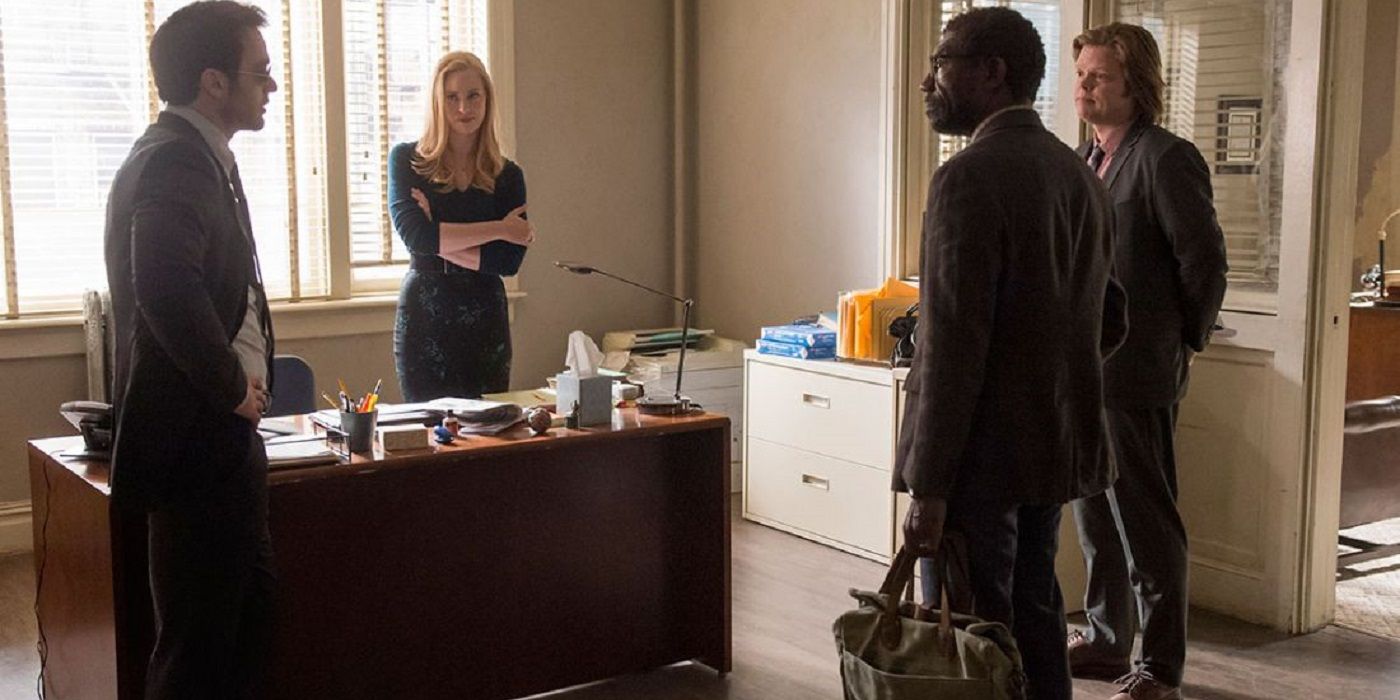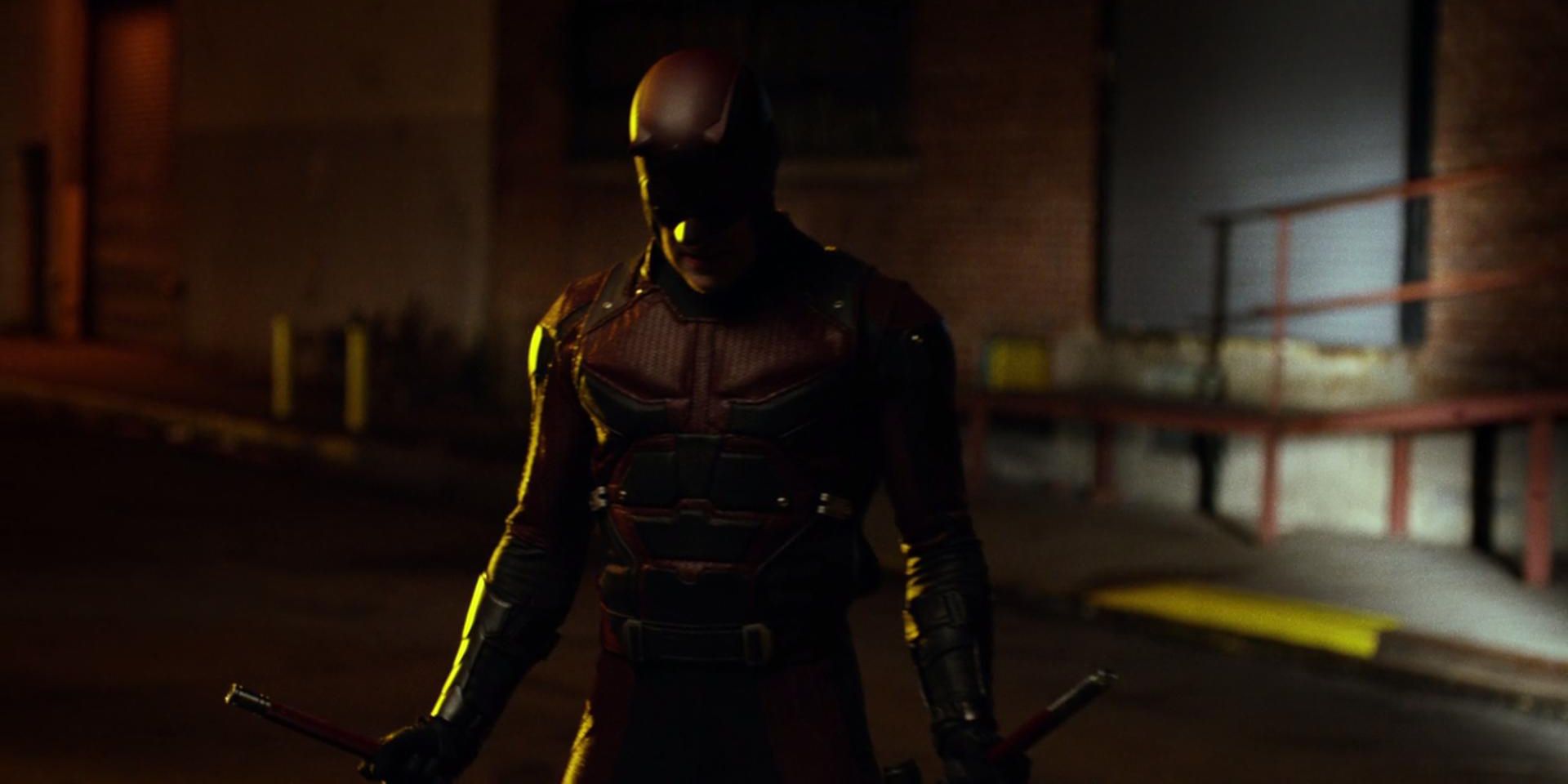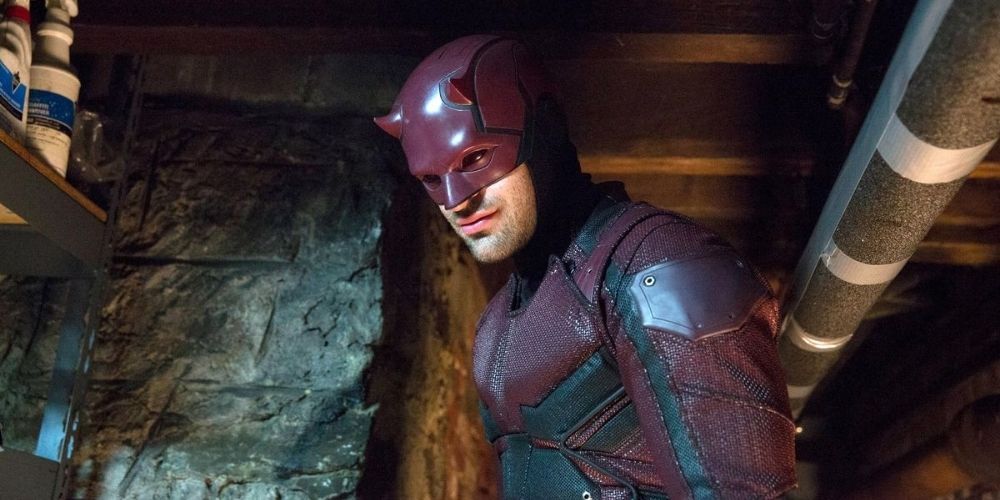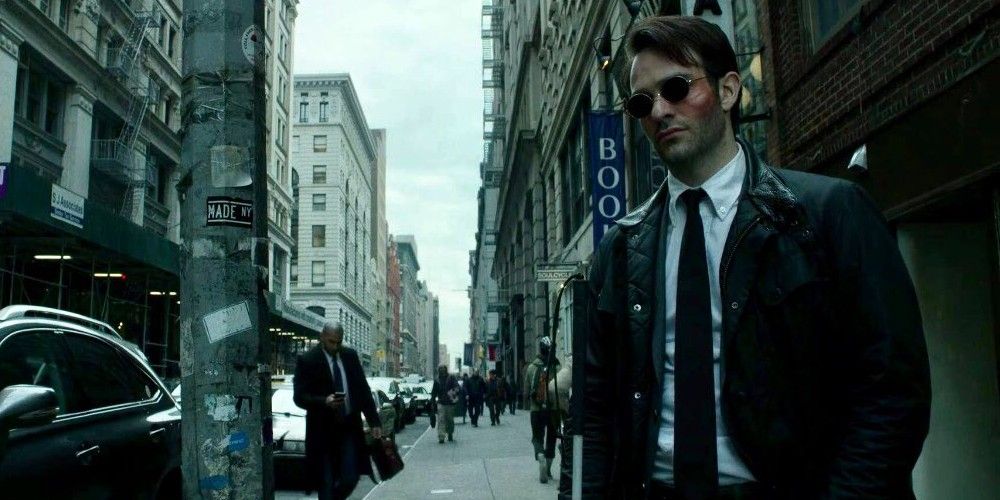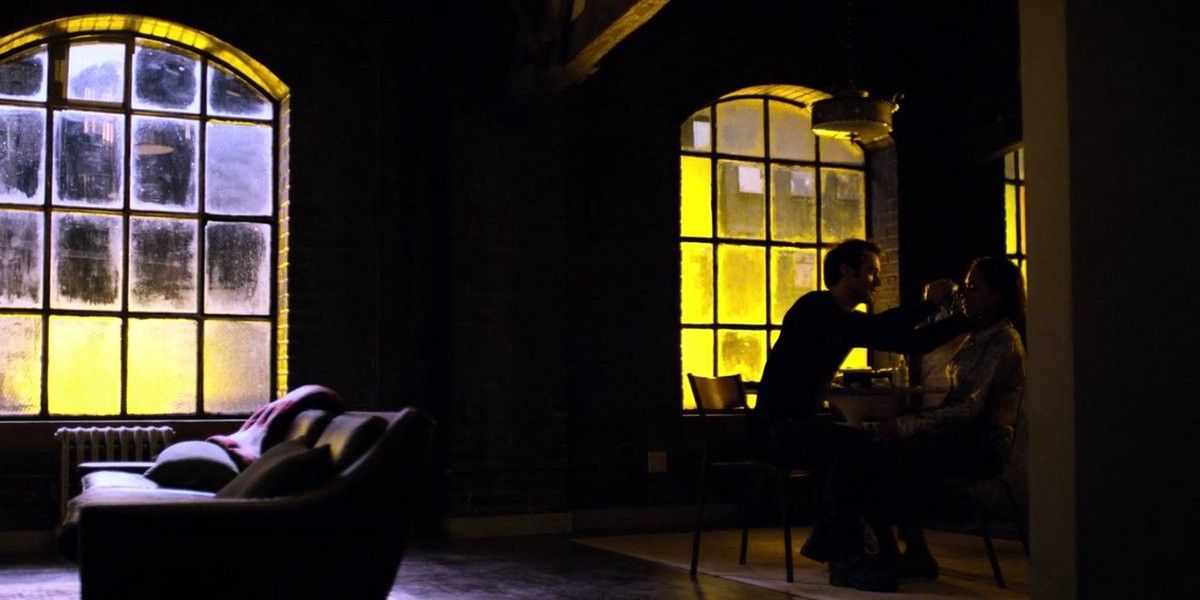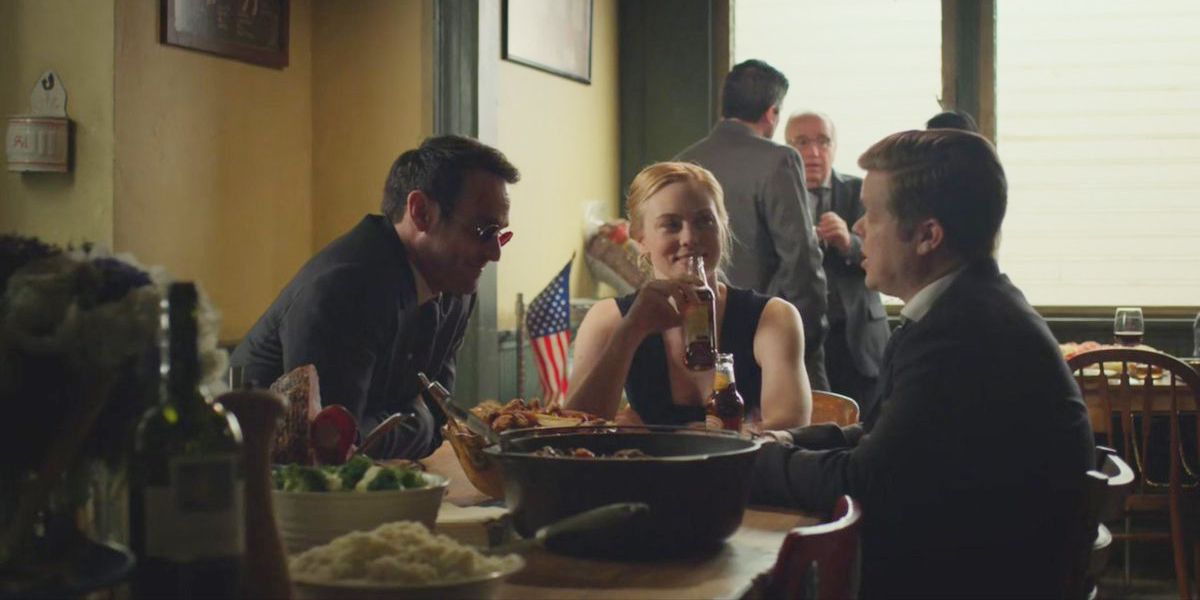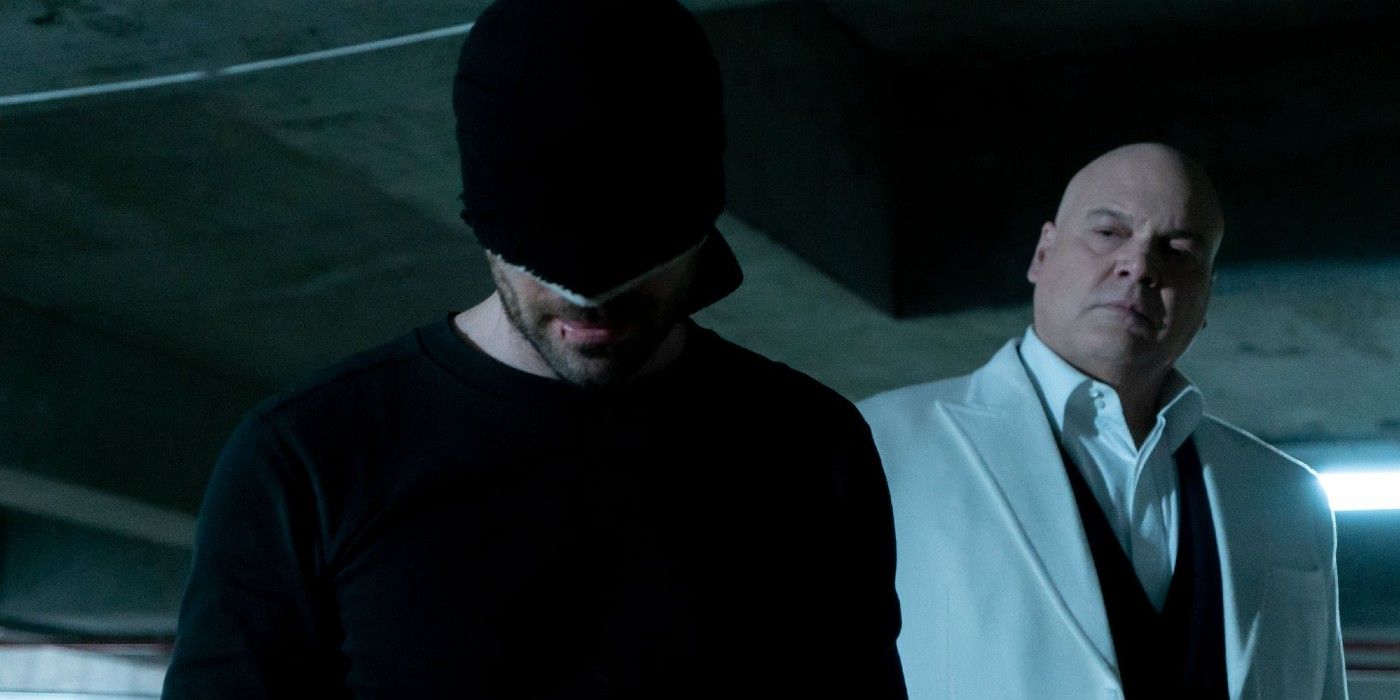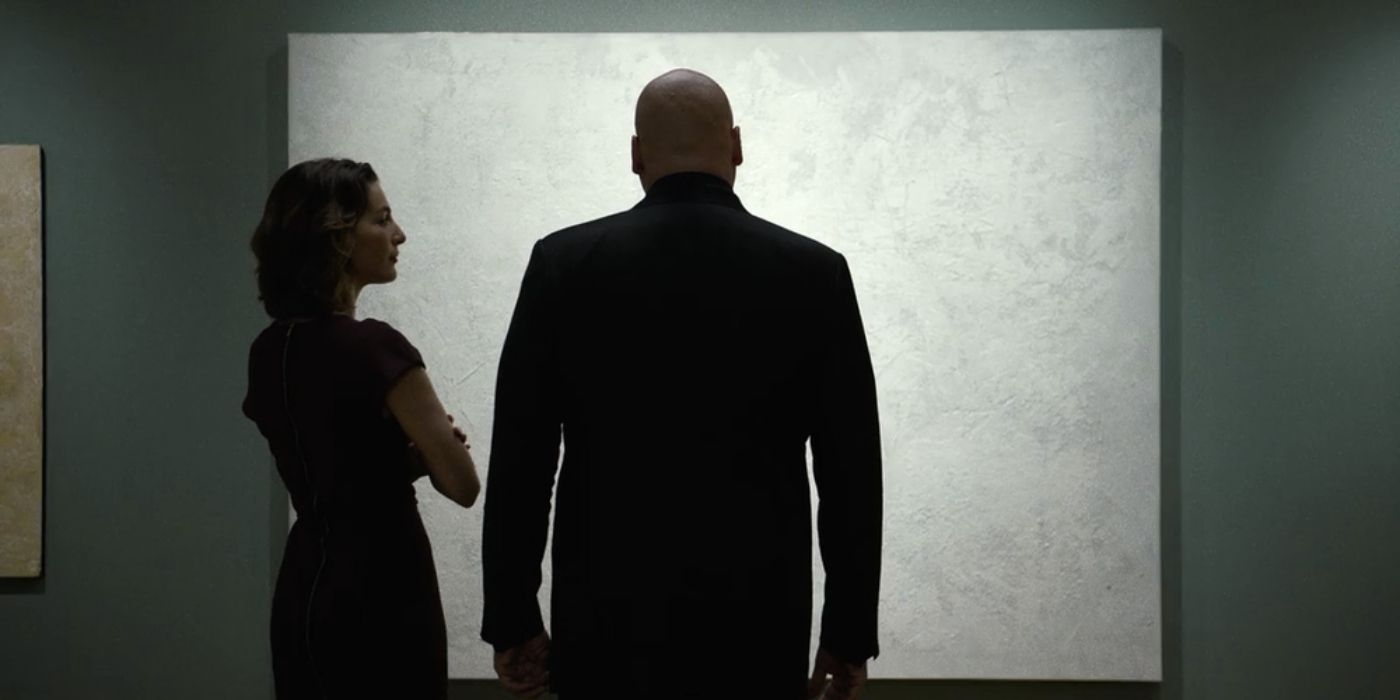Daredevil broke new ground in 2015, bringing Matt Murdock to Netflix in a neo-noir take on Marvel television that hadn’t yet been seen. When the Marvel Cinematic Universe made the journey to television, fans got a different take on their favorite characters than they did with Daredevil.
While some prefer the MCU’s take on Marvel TV, many fans prefer Daredevil’s iconic three-season run from 2015 to 2018. The tonal differences, stylistic choices, and storytelling sets it apart from the MCU and keeps fans dedicated to it and the other series in its universe, even after all this time. Some Marvel fans even think that the MCU could learn a thing or two from Daredevil to help their future shows step up their game.
10 It Lets Its Protagonists Have Dark Elements
Compared to the MCU, Netflix’s Daredevil has much darker protagonists. From their backstories to their plotlines throughout the show, the writing lets its characters delve into the darker elements of noir storytelling.
Daredevil’s fights aren’t sugar-coated with humorous quips, as is now a staple in the MCU, and the violence keeps the story moving forward. From Matt’s religious turmoil to Karen Page’s emotional backstory, Daredevil doesn’t back away from letting dark storytelling drive the plot for its main characters.
9 The Antagonists Have Realistic Justifications For Their Actions
Critics have pointed out that the MCU's shows' villains lack depth and sufficient motivation, but Daredevil doesn’t suffer from this problem. Kingpin struggles with darkness and brutality. Frank Castle's obsession with revenge is understandable. For all his flaws, Matt's mentor Stick believes he's struggling to protect the world. The antagonists in Daredevil are nuanced and interesting.
While some MCU fans feel that their antagonists are simply copy-and-pasted from one project to the next with flat, uninteresting motives, Daredevil’s characters are new and exciting. Fans can understand why they make the decisions that they do.
8 Serial Storytelling Lets Fans Sit With Longer Arcs
Unlike all of the MCU's shows but Loki, Daredevil utilizes serial storytelling to keep fans invested in characters and their arcs. The writing extends Daredevil’s characters' stories, expanding major conflicts like Daredevil's and Kingpin's while allowing for shorter bursts of conflict on a season-by-season basis.
Having Daredevil utilize a longer run of seasons allowed fans more time with the characters and allowed for more short-lived action with side characters. While MCU shows rarely give fans enough time with their protagonists due to short seasons, Daredevil's serial nature provides ample time for every character to get their moment in the limelight.
7 It's Accessible To Fans As A Standalone Series
Unlike the majority of the MCU shows, Daredevil doesn’t have to fit into a larger universe to make sense. It established its own context and was accessible to new fans from the start.
While Moon Knight has broken ground as the first MCU show to abandon pre-existing context and crossover, Daredevil exists almost entirely as a standalone throughout its three-season run, even if it also creates launching points for The Punisher and The Defenders. Daredevil has remained popular even after its cancellation, in part because new fans can access it as its own story. With its intertwined storylines and constant teases, the MCU could stand to take some notes.
6 The Humor Is More Realistically Balanced in Daredevil
Daredevil certainly has its humorous moments, but in the MCU the humor can overshadow the drama and action in its projects. Daredevil’s writing managed to find a balance between elements of humor and drama that makes the events feel real, something some fans feel the MCU should take note of.
Unlike the MCU's shows, Daredevil doesn't interrupt otherwise serious moments with quips. It allows the tension to build and keeps its audience immersed in its dramatic moments.
5 MCU Shows Don't Feel Grounded In Real Life
Unlike the MCU's shows, Daredevil has a healthy mix of daily life enmeshed with the “super” lives of its protagonists. The series is a legal drama in addition to a superhero show, while the MCU shows haven't been able to find that balance.
While audiences are still watching Daredevil for Matt Murdock and his alter ego, the added layer of his life as a lawyer in Hell’s Kitchen with his associates adds nuance to the story. The cramped writing and shorter seasons in the MCU's series don't allow for this kind of grounding in more well-rounded lives.
4 Daredevil Utilizes Its Setting Artistically
One way that Daredevil stands above MCU shows is in its cinematography and stylistic choices. While the MCU shows shine in their dramatic fight sequences and locations, with the exception of WandaVision’s unique episode-by-episode design choices, the overall look for most MCU shows is flat and static. Daredevil uses lighting and set design to add depth and drama to its story.
Locations like Matt’s apartment are perpetually lit by outside signage, which adds a sense of distance between Matt and the viewers. If the MCU could utilize its set design and cinematography in more artistic ways, it could grab viewers with its atmosphere as much as with its characters.
3 MCU Shows Suffer From Imbalanced Characters
Due to the limited run that MCU shows are given, their side characters are often left behind and under-developed. Daredevil offers a healthy balance between its protagonist, Matt Murdock, and its side characters, Foggy Nelson and Karen Page. It also provides significant backstories for its villains and other characters; something the MCU rarely does.
In the MCU’s most recent project, for example, there’s very little insight into characters like Arthur Harrow, Khonshu, and Layla El-Faouly, despite Marc Spector's in-depth backstory. The MCU could learn a lot from Daredevil's ability to balance characters' screentime and offer more complex stories.
2 Daredevil's Smaller Budget Is Used In A Smart Way
Daredevil had a significantly lower budget than the MCU's shows, but it made use of every cent in a way that made fans forget about the money behind the cameras. While the MCU's shows lean on big finales and bright productions, Daredevil reminds viewers that Matt Murdock & co. are still people who fell into Daredevil’s life as a vigilante and antihero.
The budget in Daredevil is utilized to its full extent. As a result, fans don't feel like the show's money is spent on dazzling viewers, but rather to create the best viewing experience for them.
1 Daredevil Doesn't Rely On CGI Like The MCU Does
A growing critique of the MCU, especially in its recent TV show run, is its dependence on CGI rather than practical effects. Daredevil relies more on practical effects than its MCU counterparts and its fans appreciate the difference.
There’s no denying that CGI can be incredibly useful in superhero media. There are some things that simply can’t be replicated in the real world, regardless of training or special effects work. CGI has its place, but the MCU would benefit if it used more practical effects and created a more intimate and less generic experience for its fans.

